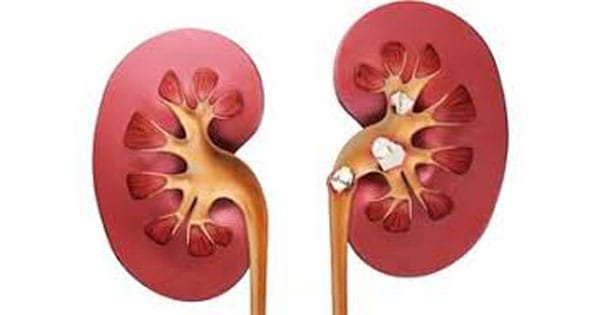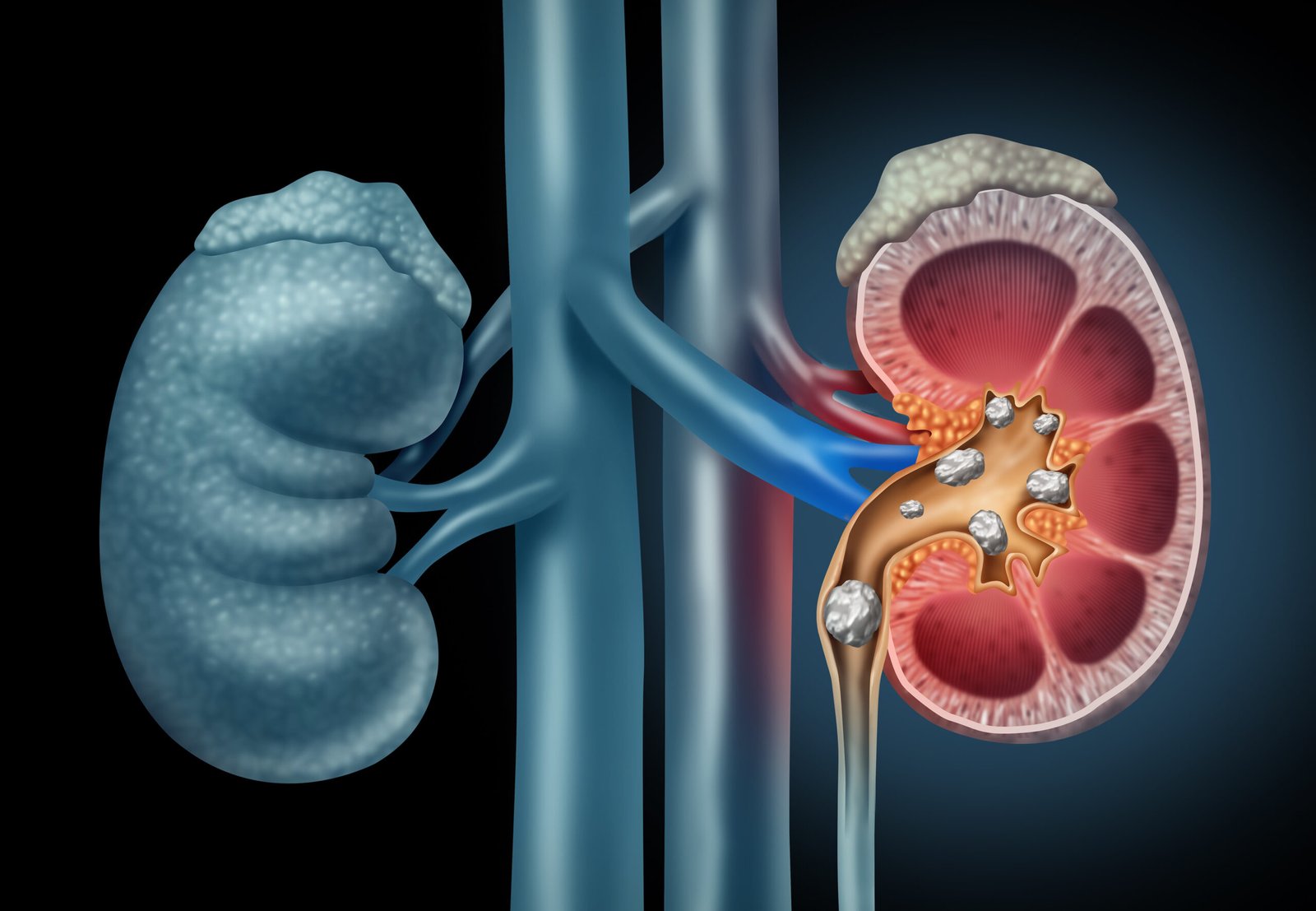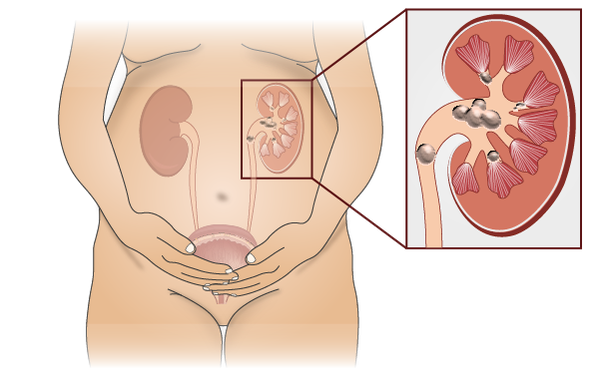Definition of Urolithiasis – This course is designed to understand the concept of community health nursing: nurses’ roles and interventions in family health, school health, occupational health, environmental health, elderly health care, gender issues, disaster management and principles and terminology of epidemiology. The aim of the course is to acquire knowledge and skills in community health nursing.
Definition of Urolithiasis
Urolithiasis (Stones)
The process of forming stones in the kidney, bladder, and/or urethra (urinary tract) is called urolithiasis. Kidney stones are a common cause of blood in the urine and pain in the abdomen, flank, or groin.
Or
Recurrent stone formation is a common problem with all types of stones and therefore an important part of the medical care of patients with stone disease.
Clinical manifestation of urinary tract of urolithiasis
- Severe abdominal or flank pain
- Frequency and dysuria
- Oliguria and anuria in obstruction
- Hematuria
- Renal colic
- Nausea
- Hydronephrosis

Nephrolithiasis:
The process of forming a kidney stone, a stone in the kidney (or lower down in the urinary tract). Kidney stones are a common cause of blood in the urine and pain in the abdomen, flank, or groin.
Or
Formation of stone in the kidney is called nephrolithiasis.

Types of calculi:
There are 4 four main types of calculi such as
- calcium stone(about 70%), composed largely of calcium oxalate or calcium oxalate mixed calcium phosphate
- Triple stones or struvite stones(15%) composed of magnesium Ammon phosphate
- Uric acid stone (5% to 10%) and
- cysteine stones (1-2%): made up of cysteine
An organic mucoproteine matrix, making up 1-5% of the stone by weight, is present in all calculi
Causes of Urolithiasis:
- Family history of stone formation
- Diet high in Ca, vitamin-D, Milk, protein,purines (components of nucleic acids)
- obstruction and urinary stasis
- Dehydration
- Use of diuretics, which can cause volume depletion.
- Immobilization
- Hypercalcemia and hyperparathyroidism
- Elevated uric acid, such as gout.
Investigation of Urolithiasis:
- Ultra-sonogram with KUB(kidney ureter bladder)
- Plane X-ray
- Creatinine

Pre-Operative Nursing Management of Urological Patient:
➤Assessment of the patients and family’s knowledge about the surgery.
➤Inform that he will have a urinary catheter on returning from surgery, and he may have a drain(s).
➤ He also will be wearing sequential pneumatic compression stockings.
➤ This knowledge can reduce anxiety postoperatively and increase cooperation with postoperative care.
➤ Ensure that a signed consent form is in the chart and that all other preoperative tasks are done
➤ Bowel preparation with a 2% neomycin enema may be ordered.
➤This cleanses the bowel if a perineal approach will be used.
➤Communicate willingness to address any concerns or anxiety.
➤Men may be anxious about the outcome of their surgery and potential long-term effects of the surgery on their sexuality.
When a prostatectomy is performed for prostate cancer additional fears include the extent of the cancer and surgery, chances for cure and possible end-of-life issues.

Post-Operative Management of Patient after Urologic Surgery:
- Maintain the usual postoperative assessments and follow aseptic techniques in urinary drainage and irrigation care.
- Monitor vital signs closely for the first 24 hours and regularly thereafter.
- The man who has had prostate surgery is at risk for hemorrhage and other postoperative complications.
- Vital sign changes may be early manifestations.
- Maintain accurate intake and output records, including amounts of irrigating solution used.
- Monitor color and character of urine.
- Frequently assess patency of any catheters and drains.
- Catheters may become occluded by blood clots or kinks, interfering with urinary drainage and increasing the risk of hemorrhage.
- Assess and manage the man’s pain.
- The man may have at least three types of pain: incisional pain, bladder spasm, and abdominal cramps due to intestinal gas.
- Analgesics and NSAIDs are administered on a routine and prn basis to control incisional pain.
- Bladder spasms may be accompanied by strong urges to void and urine leakage around the catheter.
- Belladona and opium suppositories to relieve bladder spasms.
- Maintain antiembolic stockings and pneumatic compression devices as ordered. Assist with leg exercises and ambulation as ordered, usually the first postoperative day.
- The man who has had prostate surgery is at risk for developing thromboemboli; these are important preventive measures.
- Encourage the man to maintain a liberal fluid intake of 2 to 3 L a day.
- Increased fluids reduce burning after catheter removal and the risk of urinary tract infection.
Read more:
